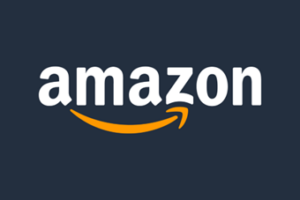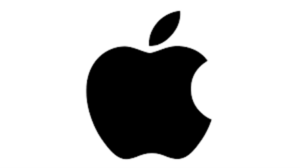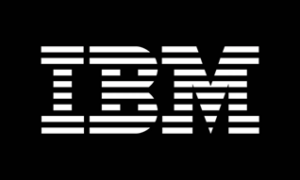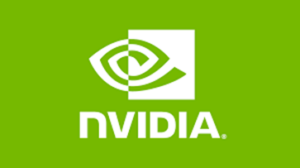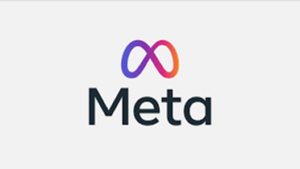Prior to the Covid-19 pandemic, online degree programs, such as those at the University of Phoenix, was a steadily growing trend in education. Once the pandemic took hold, however, with almost all grade school, middle school, high school, and university students taking at least some classes online, forcing education to make a major pivot to fully embrace digital disruption and its associated tools – tools which continue to bring immense changes to how students are provided instruction today. University websites have been upgraded and their functionality expanded, with portals for faculty and students.
This sea change isn’t particular to any one grade or institution, with schools of all education levels and sizes evolving to leverage the benefits of digital disruption — and to keep up with its incredible pace. More than 70 percent of higher education leaders believe digital transformation, as spurred by digital disruption, is a top priority for their schools, and global expenditure on digital transformation at higher education institutions is expected to reach approximately $3.4 trillion by 2026.
Digital disruption is bringing education into the 21st century, and institutions worldwide are undertaking this complex and crucial journey to personalize learning and improve student experiences. The key benefit of digital disruption in education is making more of a school’s instruction and services available to more students, and the first step in this direction is often rebuilding websites.
A Virtual Welcome Mat
University websites can span thousands of pages, everything from course catalogs to student resources and recruitment. Still, many universities lack the time and expertise to make their websites powerful digital tools, and sometimes people without creative, web development, or marketing experience are the ones maintaining these websites. According to Ernst & Young, digital reaches across the university community to include students, parents, alumni, employers, faculty, and staff. This of course includes websites, which are typically digital disruption’s first stop: An incomplete or ineffective website is often an Achilles’ heel for universities, as their websites serve as their virtual welcome mats — and their front doors.
Many university website reboots require dedicated content creation and web development teams with the expertise to complete CMS migrations, comprehensive site refreshes in line with university branding, development support, maintenance, web audits, web crawls, and more. Those institutions without in-house web development experience need professionals who can take full ownership of larger projects, everything from migrations to complete builds. And, once these websites have been built, refreshed, or updated, seasoned marketers are needed to make sure these websites are effectively conveying the right messages to the right audiences.
There have been some early adopters and participants who have found success when it comes to digital disruption. Early in the pandemic, NYU needed to overhaul its website to accommodate the rapid changes required to implement remote learning and enable its students to continue their studies. The university rehauled its portal and the portal’s associated digital tools, and it continues to refine them in response to evolving faculty and student needs. NYU was able to accomplish all of this with external support from content creation, marketing, and web design experts.
Digital Disruption Provides Better Outcomes for Learners with Disabilities
Core to the digital disruption of education is video and web accessibility, and this includes students with disabilities. The U.S. Department of Education’s Office of Educational Technology is dedicated to the development of policies that ensure learners with disabilities have the necessary platforms and technology they need to access and engage with educational materials alongside their peers who don’t have disabilities. The Department’s ultimate objective is to make sure students with disabilities have the same educational outcomes as students without disabilities.
On April 24, 2024, the U.S Attorney General signed a final rule with specific requirements based on WCAG 2.1 Level AA standards . The ruling revised the regulation implementing title II of the Americans with Disabilities Act (“ADA”) “to establish specific requirements , including the adoption of specific technical standards, for making accessible to people with disabilities the services, programs, and activities offered by State and local government entities to the public through the web and mobile applications.” The rule takes effect on June 24, 2024, and applies to public schools, community colleges, and public universities nationwide.
The Department of Justice is now establishing technical requirements to provide concrete standards for state and local entities, including public educational institutions, on how to fulfill their recently updated obligations under Title II. This secondary wave of digital disruption will bring enormous changes to public education throughout the U.S., as public schools and universities look to build and deploy the tools disabled students need too.
__________________________________
Bottomline
The changes digital disruption continues to bring to education are oceanic in size. The creative, marketing, and web development teams at public universities will need best practices and upskilling support, as well as auditing materials, to make sure they make all the necessary updates to their websites and apps to fulfill these federal requirements. As universities look to provide the best possible digital experience to all of their stakeholders, they need the right creative and marketing support to make it all happen.
Creative Circle’s customized service models and scalable solutions are designed to help you reach your targets and build brand awareness as you update your digital presence and meet all of the new ADA requirements for these resources. Our studio & flex bench, agency services, talent acquisition, and consulting capabilities are the perfect solve for universities looking to add heft to their digital teams and leverage the power of digital disruption to stay ahead. We’ve got incomparable talent who can help your institution embrace the sea change digital disruption has brought to education. Let’s sail through the present — and into the future — together.



